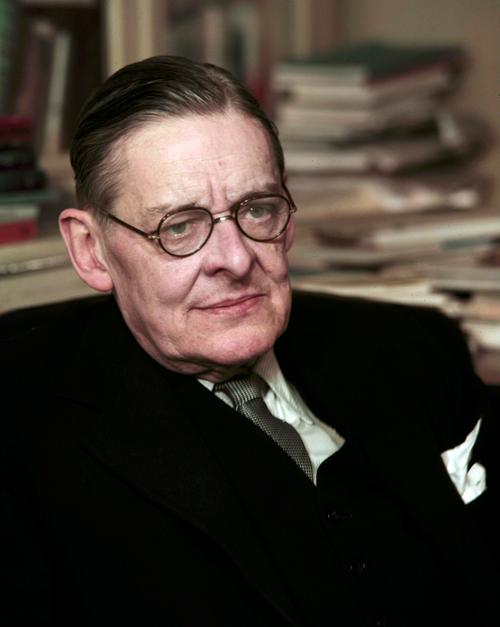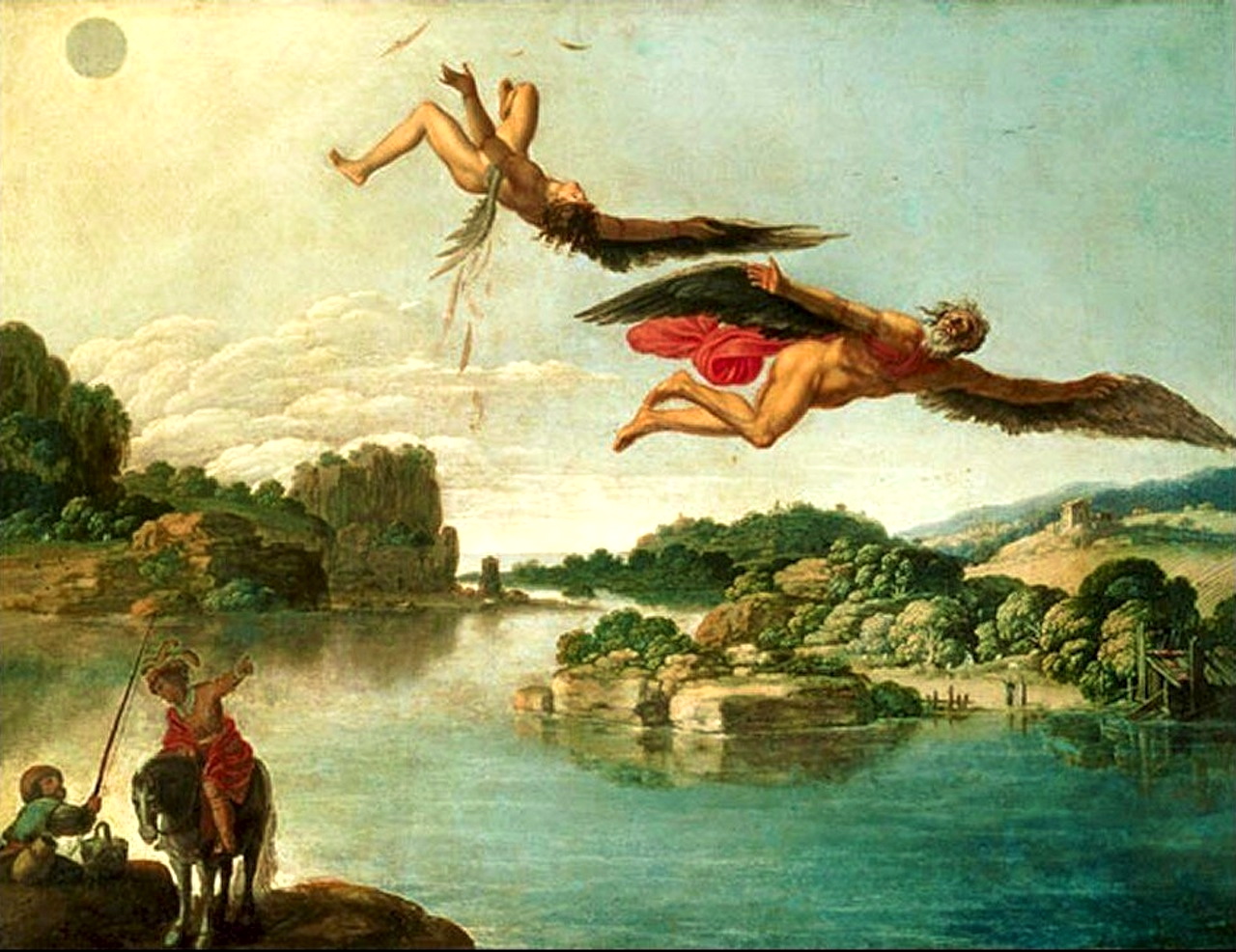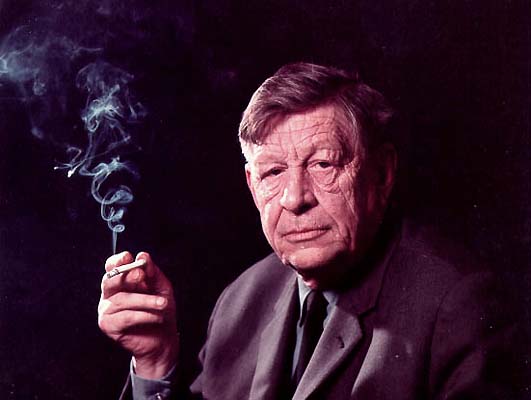1.
Rose of Emily is
a short story by American author William Faulkner first published in April 30, 1930 issue of The Forum. The story takes place in
Faulkner's fictional city, Jefferson, Mississippi, in the fictional county of Yoknapatawpha County. It was Faulkner's first short story published in a national magazine.
William Cuthbert Faulkner (September 25, 1897 – July 6, 1962) was
an American writer and Nobel Prize laureate from Oxford, Mississippi. Faulkner wrote novels, short stories, a play, poetry, essays, and screenplays. He is primarily known for his novels and short stories set in the fictional Yoknapatawpha County, based on Lafayette County, Mississippi, where he spent most of his life.
Faulkner is one of the most celebrated writers in American literature generally and Southern literature specifically. Faulkner was relatively unknown until receiving the 1949 Nobel Prize in Literature, for which he became the only Mississippi-born Nobel winner. Two of his works,
A Fable (1954) and his last novel The Reivers (1962), won the Pulitzer Prize for Fiction. In 1998, the Modern Library ranked his 1929 novel
The Sound and the Fury sixth on its list of
the 100 best English-language novels of the 20th century; also on the list were
As I Lay Dying (1930) and
Light in August (1932).
Absalom, Absalom! (1936) is often included on similar lists.
 Yoknapatawpha County
Yoknapatawpha County is
a fictional county created by the American author William Faulkner, based upon and inspired by Lafayette County, Mississippi, and its county seat of Oxford, Mississippi. Faulkner would often refer to Yoknapatawpha County as "
my apocryphal county". From Sartoris onwards, Faulkner would set all but three of his novels in the county.
Faulkner added a map of Yoknapatawpha County at the end of
Absalom, Absalom! Contemporary scholars are attempting to map the locations of all Faulkner's fiction.
The word Yoknapatawpha is derived from
two Chickasaw words—Yocona and petopha, meaning "split land." Faulkner claimed to a University of Virginia audience that the compound means "
water flows slow through flat land." Yoknapatawpha was
the original name for the actual Yocona River, a tributary of the Tallahatchie which runs through the southern part of Lafayette County,of which Oxford is the seat.

2.
Grendel is
a 1971 novel by American author John Gardner. It is a retelling of part of the Old English poem Beowulf from the perspective of the antagonist, Grendel. In the novel, Grendel is portrayed as an antihero. The novel deals with finding meaning in the world, the power of literature and myth, and the nature of good and evil.
In a 1973 interview, Gardner said that "
In Grendel I wanted to go through the main ideas of Western Civilization – which seemed to me to be about . . . twelve?'' – and go through them in the voice of the monster, with the story already taken care of, with the various philosophical attitudes (though with Sartre in particular), and see what I could do, see if I could break out". On another occasion he noted that he
" used Grendel to represent Sartre's philosophical position" and that "a lot of Grendel is borrowed from sections of Sartre's Being and Nothingness.
Grendel has become one of Gardner's best known and reviewed works.
Several editions of the novel contain pen and ink line drawings of Grendel's head, by Emil Antonucci.
Gardner himself explained that his Grendel character is modeled on Jean-Paul Sartre, with whom Gardner claimed to have a love-hate relationship: "
he's a horror intellectually, figuratively, and morally, but he's a wonderful writer and anything he says you believe, at least for the moment, because of the way he says it....What happened in Grendel was that I got the idea of presenting the Beowulf monster as Jean-Paul Sartre, and everything that Grendel says Sartre in one mood or another has said".
An
antihero is
a protagonist who lacks conventional heroic qualities such as idealism, courage, or morality.These individuals often possess dark personality traits such as disagreeableness, dishonesty, and aggressiveness. These characters are usually considered "
conspicuously contrary to an archetypal hero".
 John Champlin Gardner Jr.
John Champlin Gardner Jr. (July 21, 1933 – September 14, 1982) was
an American novelist, essayist, literary critic and university professor. He is perhaps most noted for his novel Grendel, a retelling of the Beowulf myth from the monster's point of view.
 3.Beowulf
3.Beowulf is
an Old English epic poem consisting of 3182 alliterative lines. It is the oldest surviving long poem in Old English and is commonly cited as one of the most important works of Old English literature. It was written in England some time between the 8th
[and the early 11th century.
The author was an anonymous Anglo-Saxon poet.
The poem is set in Scandinavia. Beowulf,
a hero of the Geats, comes to the aid of Hrothgar, the king of the Danes, whose mead hall in Heorot has been under attack by a monster known as Grendel. After Beowulf slays him,
Grendel's mother attacks the hall and is then also defeated. Victorious,
Beowulf goes home to Geatland (Götaland in modern Sweden) and later becomes king of the Geats. After a period of fifty years has passed, Beowulf defeats a dragon, but is fatally wounded in the battle. After his death, his attendants cremate his body and erect a tower on a headland in his memory.
The full poem survives in the manuscript known as the Nowell Codex, located in the British Library. It has no title in the original manuscript, but has become known by the name of the story's protagonist.
In 1731, the manuscript was badly damaged by a fire that swept through Ashburnham House in London that had a collection of medieval manuscripts assembled by Sir Robert Bruce Cotton.
4.
The Mental Traveller is
a poem by William Blake. It is part of a collection of unpublished works called The Pickering Manuscript and was written in a manner that suggests the poem was to be read directly from the collection.
The poem is about travelling in the realm of the mind. Blake generalizes here "
about the spiritual history of mankind out the experience of his own spiritual history."
It can be also understood as a cycle history of relations between society and idea of liberty in the form of a male and female that grow older and younger in opposition to the other experiencing such changes. As a whole, the poem portrays conflicting ideas that make it difficult for the reader to attach to any given viewpoint.
 William Blake
William Blake (28 November 1757 – 12 August 1827) was
an English poet, painter, and printmaker. Largely unrecognised during his lifetime,
Blake is now considered a seminal figure in the history of the poetry and visual arts of the Romantic Age. His prophetic poetry has been said to form "
what is in proportion to its merits the least read body of poetry in the English language".
His visual artistry led one contemporary art critic to proclaim him "
far and away the greatest artist Britain has ever produced". In 2002, Blake was placed at number 38 in the BBC's poll of the 100 Greatest Britons.
He also lived in London his entire life.
5.
The Waste Land is
a long poem by T. S. Eliot. It is widely regarded as one of the most important poems of the 20th century and a central text in Modernist poetry. Published in 1922, the 434-line
poem first appeared in
the United Kingdom in the October issue of The Criterion and in the United States in the November issue of The Dial. It was published in book form in December 1922. Among its famous phrases are "
April is the cruellest month", "
I will show you fear in a handful of dust".
Eliot's poem loosely follows the legend of the Holy Grail and the Fisher King combined with vignettes of contemporary British society. Eliot employs many literary and cultural allusions from the Western canon, Buddhism and the Hindu Upanishads. Because of this, critics and scholars regard the poem as obscure.
The poem shifts between voices of satire and prophecy featuring abrupt and unannounced changes of speaker, location, and time and conjuring of a vast and dissonant range of cultures and literatures.
 Thomas Stearns Eliot
Thomas Stearns Eliot (26 September 1888 – 4 January 1965), better known by his pen name
T. S. Eliot, was an American-born British essayist, publisher, playwright, literary and social critic and "
one of the twentieth century's major poets".
He was awarded the Nobel Prize in Literature in 1948, "
for his outstanding, pioneer contribution to present-day poetry".
6.
The Canterbury Tales is
a collection of 24 stories that runs to over 17,000 lines written in Middle English by Geoffrey Chaucer. In 1386 Chaucer became Controller of Customs and Justice of Peace and then three years later in 1389 Clerk of the King's work. It was during these years that Chaucer began working on his most famous text, The Canterbury Tales.
The tales are presented as part of a story-telling contest by a group of pilgrims as they travel together on a journey from London to Canterbury in order to visit the shrine of Saint Thomas Becket at Canterbury Cathedral. The prize for this contest is a free meal at the Tabard Inn at Southwark on their return.
After a long list of works written earlier in his career, including Troilus and Criseyde, House of Fame, and Parliament of Fowls,
The Canterbury Tales is near-unanimously seen as Chaucer's magnum opus. He uses the tales and the descriptions of its characters to paint an ironic and critical portrait of English society at the time, and particularly of the Church. Chaucer's use of such a wide range of classes and types of people was without precedent in English.
Although the characters are fictional, they still offer a variety of insights into the customs and practices of the time. Often, such insight leads to a variety of discussions and disagreements among people in the 14th century. For example, although various social classes are represented in these stories and all of the pilgrims are on a spiritual quest, it is apparent that they are more concerned with worldly things than spiritual. Structurally,
the collection resembles The Decameron, which Chaucer may have read during his first diplomatic mission to Italy in 1372.
 Geoffrey Chaucer
Geoffrey Chaucer ( c. 1343 – 25 October 1400), known as
the Father of English literature, is widely considered the greatest English poet of the Middle Ages and was the first poet to be buried in Poets' Corner of Westminster Abbey.While he achieved fame during his lifetime as an author, philosopher, and astronomer, composing a scientific treatise on the astrolabe for his ten-year-old son Lewis, Chaucer also maintained an active career in the civil service as a bureaucrat, courtier and diplomat.

7.
The Decameron subtitled Prince Galehaut , is
a collection of novellas by the 14th-century Italian author Giovanni Boccaccio The book is structured as a frame story containing 100 tales told by a group of seven young women and three young men sheltering in a secluded villa just outside Florence to escape the Black Death, which was afflicting the city. Boccaccio probably conceived the Decameron after the epidemic of 1348, and completed it by 1353.
The various tales of love in The Decameron range from the erotic to the tragic. Tales of wit, practical jokes, and life lessons contribute to the mosaic. In addition to its literary value and widespread influence,it provides a document of life at the time.
Written in the vernacular of the Florentine language, it is considered a masterpiece of classical early Italian prose.
Giovanni Boccaccio(1313 – 21 December 1375) was
an Italian writer, poet, correspondent of Petrarch, and an important Renaissance humanist. Boccaccio wrote a number of notable works, including The Decameron and On Famous Women. He wrote in the Italian vernacular and is particularly noted for his realistic dialogue which differed from that of his contemporaries, medieval writers who usually followed formulaic models for character and plot.
8.In Greek mythology,
Danaë was
the daughter, and only child of King Acrisius of Argos and his wife Queen Eurydice. She was the mother of the hero Perseus by Zeus. She was credited with founding the city of Ardea in Latium during the Bronze Age.
Disappointed by his lack of male heirs,
King Acrisius asked the oracle of Delphi if this would change. The oracle announced to him that he would never have a son, but his daughter would, and that he would be killed by his daughter's son. At the time,
Danae was childless and, meaning to keep her so, King Acrisius shut her up in a bronze chamber to be constructed under the court of his palace . She was buried in this tomb, never to see the light again. However,
Zeus, the king of the gods, desired her, and came to her in the form of golden rain which streamed in through the roof of the subterranean chamber and down into her womb. Soon after, their child Perseus was born.
Perseus is
the legendary founder of Mycenae and of the Perseid dynasty of Danaans, was, alongside Cadmus and Bellerophon,
the greatest Greek hero and slayer of monsters before the days of Heracles. Perseus beheaded the Gorgon Medusa and saved Andromeda from the sea monster Cetus. Perseus was the son of the mortal Danaë and the god Zeus.
He was also the great grandfather of Heracles, also a son of Zeus.

9.In Greek mythology,
Icarus is
the son of the master craftsman Daedalus, the creator of the Labyrinth. Often depicted in art,
Icarus and his father attempt to escape from Crete by means of wings that his father constructed from feathers and wax. Icarus's father warns him first of complacency and then of hubris, asking that he fly neither too low nor too high, so the sea's dampness would not clog his wings or the sun's heat melt them.
Icarus ignored his father's instructions not to fly too close to the sun, whereupon the wax in his wings melted and he fell into the sea. This tragic theme of failure at the hands of hubris contains similarities to that of Phaëthon.
Vocabulary
1.
pilgrimages/ˈpɪl grə mɪdʒ/-a journey, especially a long one, made to some sacred place as an act of religious devotion.
For Example-For the past 13 years my family has made the pilgrimage to Willits, California, to spend the second week of August at Emandal.
2.
paraphrase/ˈpær əˌfreɪz/-a restatement of a text or passage giving the meaning in another form, as for clearness; rewording.
For Example-The new Jim Crow, enforced not with burning crosses but with fountain pens, to paraphrase Woody Guthrie.
Movie
 https://www.youtube.com/watch?v=NX0LoorqtRM
The Other Boleyn Girl is a 2008 drama film directed by Justin Chadwick. The screenplay by Peter Morgan was adapted from the 2001 novel of the same name by Philippa Gregory. It is a romanticized account of the lives of 16th-century aristocrats Mary Boleyn, one-time mistress of King Henry VIII, and her sister, Anne, who became the monarch's ill-fated second wife, though much history is distorted.
https://www.youtube.com/watch?v=NX0LoorqtRM
The Other Boleyn Girl is a 2008 drama film directed by Justin Chadwick. The screenplay by Peter Morgan was adapted from the 2001 novel of the same name by Philippa Gregory. It is a romanticized account of the lives of 16th-century aristocrats Mary Boleyn, one-time mistress of King Henry VIII, and her sister, Anne, who became the monarch's ill-fated second wife, though much history is distorted.















